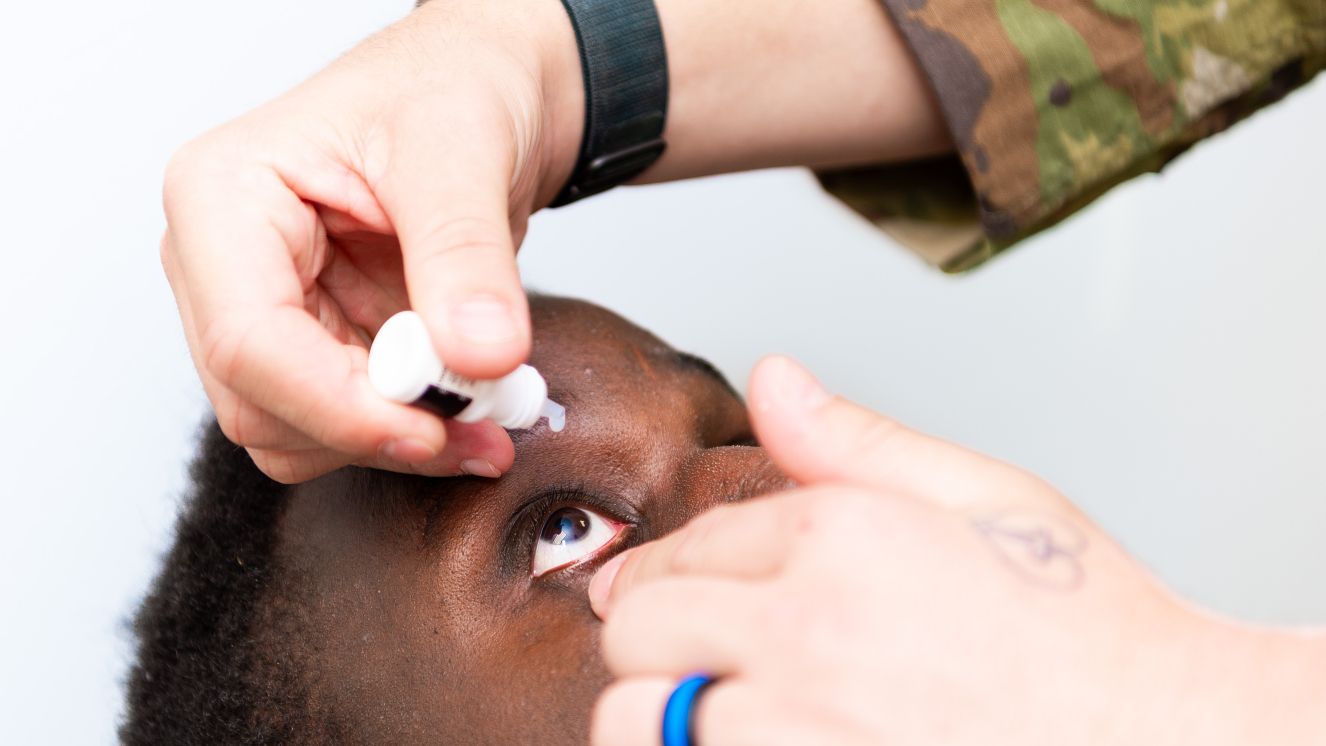WWII COVERT MISSION REMAINS: SEARCH AND RECOVERY EFFORTS

War has lasting effects, especially on those people who have lost a loved one, and there are a lot of personnel who are still missing and never returned home. Recently, dozens of British and American service members have been searching on wet soil from a deep impact crater. Their mission is to recover WWII remains that have not yet been found. U.S. Air Force pilot Lt. John Fisher Jr, of Peekskill, New York, is still missing for almost 80 years. His B-17 bomber crashed while he was on a secret mission to target Nazi rocket sites in Europe.The search site is a plot of land in Britain's Suffolk district on the English Channel coast. Senior Airman Wyatt Stephensen, a member of the 100th Maintenance Squadron, 100th Air Refueling Wing, spent almost five days assisting with the search. Stephensen mentioned that he was tirelessly digging up mud from the site to find Fisher's remains or pieces of his plane. He even added that it would be a great honor for him to look at his remains.
WWII Covert Mission Remains Recovery Efforts
More than 90 U.S. airmen joined the search at Fisher's plane's crash site. According to Garret Browning, a U.S. air repair specialist, the search is quite emotional, especially now that some artifacts have been found. Browning is experienced in crash recovery and is one of many volunteers searching for fallen Soldiers. He became a pilot at 26 years old, so he can relate to those who became pilots very young. Lt. John W. Fisher Jr. was just 21 when he lost his life in the crash during Operation Aphrodite; he was too young and could have done a lot for himself and his country. Those B-17s were quite old; loaded with tons of explosives. However, something went wrong with Fisher's plane. It stalled after takeoff, and he pushed his co-pilot out, leaving him behind the plane and sacrificing himself. His aircraft nose-dived to the ground just before the English Channel. The efforts to recover the WWII remains were part of Operation Nightingale, this is a British Ministry of Defense effort to include sick, injured, and wounded Veterans in archaeological investigations to aid in their recovery. Then, the involvement of the U.S. started when Army Reserve Sergeant Michael Doherty, a volunteer for the Fisher search, contacted Richard Osgood, founder and archaeologist of Operation Nightingale. Once the word was out for volunteers and the workforce, the 100th Air Refueling Wing and U.S. European Command service members provided overwhelming support. The 100th ARW placed most of its service members on orders so that they could participate in the search effort. Further, several volunteers attended on their leave, and there was a waiting list for volunteers. This excavation was headed by the Cotswold Archaeology firm in Britain, one of the organizations worldwide that partnered with the Pentagon to search for missing-in-action U.S. service members.
Fisher Crash Site: WWII Artifacts Discovery
Many artifacts have been found since the excavation began in search of Fisher's WWII remains. Along with those pieces are shattered fragments of glass believed to be part of an oxygen bottle, suggesting that his remains are nearby. One of the most considerable debris found was the central part of a propeller with its blades clipped off. Other pieces were parts of the fuselage, fabric from a parachute, and an engine.Aside from this, there was also a rusted horseshoe and a twisted, fire-darkened nameplate. Overall, around 5,000 fragments of Fisher's plane were found, and any remains will be flown to the Defense Department lab in Hawaii. The DPAA will process the confirmatory tests to match the DNA to a family.There is great hope that Fisher's WWII remains will be found and finally returned home. He was awarded the Silver Star, which is considered the third-highest award for Valor. Related reads:
- The B-21 Raider Is Finally Now Beginning Production
- Classified USAF Fighter Program Bolsters Next Generation Air Dominance
Image Source: Cotswold Archaeology
BY ALLISON KIRSCHBAUM
Veteran, Military History & Culture Writer at VeteranLife
Navy Veteran
Allison Kirschbaum is a Navy Veteran and an experienced historian. She has seven years of experience creating compelling digital content across diverse industries, including Military, Defense, History, SaaS, MarTech, FinTech, financial services, insurance, and manufacturing. She brings this expertis...
Credentials
Expertise
Allison Kirschbaum is a Navy Veteran and an experienced historian. She has seven years of experience creating compelling digital content across diverse industries, including Military, Defense, History, SaaS, MarTech, FinTech, financial services, insurance, and manufacturing. She brings this expertis...



